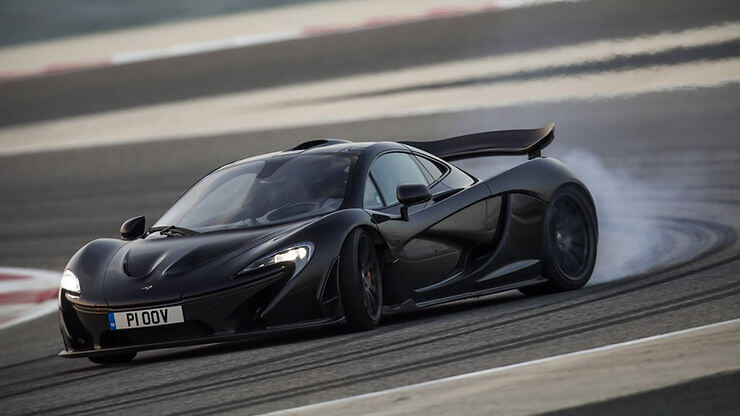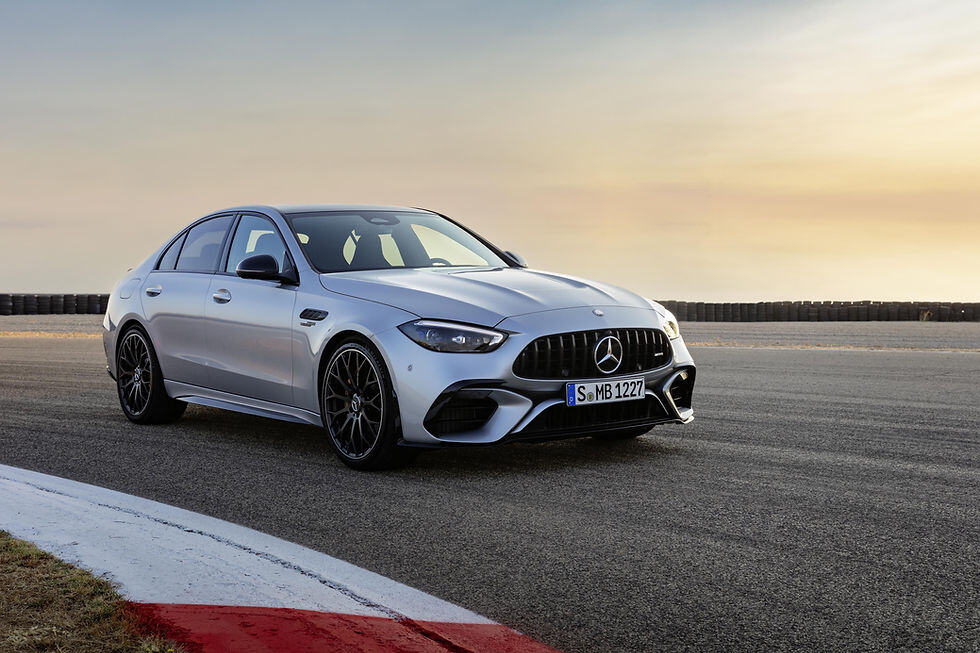

A decade ago, high-performance hybrids felt like a pioneering new world. Formula 1 had gone hybrid, as had Le Mans, and Ferrari, Porsche and McLaren all released hybrid hypercars at the same time – the so-called Holy Trinity. The LaFerrari, 918 Spyder and P1 redefined road-legal performance and gave another generation of car nuts their bedroom-wall-poster supercar moment.

But not all hybrids were so successful. The Holy Trinity used electric motors and batteries to supplement their big, spectacular engines (a V12 in the case of the Ferrari; V8s in the Porsche and the McLaren). With the innovative i8, BMW blazed a different trail. A carbon-tubbed sportscar on skinny tyres, the £95k i8 wasn’t slow but, with its electrically assisted Mini engine, neither was it fast. The world didn’t know what to make of it and sales were slow, despite the good looks. Today the i8 is a £35k bargain on the used market. (If you’d bought a similarly priced 911 GT3 back in 2014, it’d still be worth £90k…)
The BMW i8 was hybrid but it was also an early example of downsizing – using a smaller, less powerful engine than usual, with an electric motor or two to claw back some of the power deficit. It’s a popular solution for manufacturers, keen to reduce emissions, but is it what buyers want? Even a causal glance at the performance car market would suggest not. Big engines, preferably naturally-aspirated, still rule, and it’s easy to see why. While emissions and fuel consumption are reduced when you downsize and hybridise, often for no loss in performance, throttle response, sound and weight invariably all suffer.

Perhaps the best/worst example of downsizing is Mercedes-Benz AMG’s C63. Previously powered by brawny V8 engines, the current version uses a hybrid-boosted, downsized 2.0-litre turbocharged four-cylinder engine. Extraordinarily heavy (2111kg for the saloon and 2145kg for the estate), technically complex and underwhelming to drive, the car hasn’t received great reviews, with criticism of its inconsistent power delivery and rubbish noise, certainly when compared with the thunderous V8s that made previous C63s so charismatic.
Has downsizing lessened the C63’s appeal? Dean Clarke, Charles & Dean’s Head of Motor Sales, certainly thinks so. ‘That’s my observation, for sure,’ says Dean. ‘We haven’t had a single enquiry on a hybrid C63. By contrast its processor, the W205, was hugely popular. We financed lots of them – saloons, coupes and estates. You look on the classified sites and they’re full of W205s; you don’t see many hybrid C63s for sale.’

Ferrari’s 296 GTB is similar but different. Like the C63 it’s an example of downsizing. Where the 488 and F8 Tributo used a twin-turbocharged 3.9-litre V8, the 296 generates more power (819bhp) from its hybrid 3.0-litre twin-turbo V6. But unlike the C63 the 296 GTB’s had rave reviews. But has it hit the spot like the V8s did?
So, where do we go from here? Three new hybrids, the Bugatti Tourbillon, BMW M5 and Porsche 911 GTS all offer clues. None, for example, are downsized. The new M5 is heavy but it’s still a V8, so it sounds good and goes like stink – the hybrid element is there to offer a decent amount of electric-only range and ensure changing emissions regulations won’t spoil the party and prevent BMW being able to sell the car in the future. The thinking behind the spectacular Tourbillon is similar, but Bugatti boss Mate Rimac pushed his engineers to deliver the craziest engine possible as the car’s centrepiece – an all-new 8.3-litre naturally-aspirated V16. Having built arguably the world’s best electric hypercar, the Rimac Nevera, and not found it easy to sell, he knows better than most that buyers still love engines.

And the new 911? It’s upsized, to 3.6 litres, not downsized, and the hybrid element is a very light touch – one electric motor in the gearbox boosts torque, power and throttle response, while a second spins up the turbo, giving the new 992.2 911 GTS the throttle response of a GT3. Power climbs to a GT3 RS-trumping 534bhp (60bhp up on the 992.1 GTS) and the weight increase (circa 50kg) is almost inconsequential. And if that sounds like your kind of hybrid, you’re not alone.

Written by
Charles & DeanAt Charles & Dean, we offer finance solutions with a difference. Our focus is on you, providing a variety of competitive independent finance options that support both businesses and individuals in their own unique journey.
Table of contents
Apply for Finance
Let’s start with your name & email
Please provide your details to receive a personalised quote.
Subscribe
Get the latest insights and updates delivered to your inbox weekly.







.jpg?width=1200&height=600&name=car%20finance%20top%20tips%20(2).jpg)



